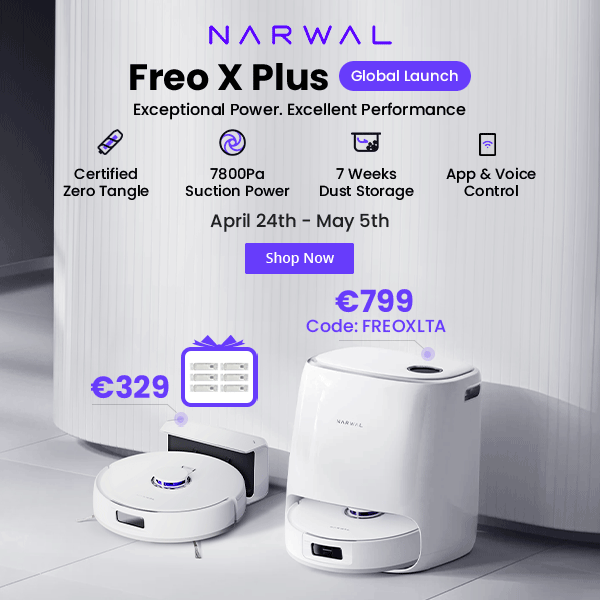3D printing technology is widely welcomed for its ability to manufacture complex structures and customized products. In multicolor printing, users can use multiple colors of consumables on the same item to create richer and more attractive designs. However, blocking problems may also occur during the multicolor printing process. This article will explore the reasons for this and provide some solutions.
Principle of Multicolor Printing Technology
Multi-color 3D printing technology works simultaneously with multiple nozzles, each responsible for spraying different colors of ink or dye. This technology requires precise motion control and color management to achieve the goal of layer-by-layer color stacking. Color 3D printers can achieve high color reproduction and fine performance.
Cause of Blocking
Difference in melting point of consumables
In multicolor printing, consumables of different colors may have different melting points. When a 3D printer switches from one type of consumable to another during the printing process, improper temperature settings may cause blockage. For example, when switching from ABS to PLA, if the temperature is not adjusted to the appropriate printing temperature for PLA, it may cause PLA to fail to extrude smoothly, resulting in blockage.
Inaccurate temperature control
3D printers need to precisely control the nozzle temperature to adapt to the melting point of different consumables when printing multiple colors. If the temperature control system of the printer is not precise enough, or the user fails to set the printing temperature of each consumable correctly, it may cause insufficient or excessive melting of the consumables, resulting in nozzle or extruder blockage.
Consumables quality and humidity
The use of inferior consumables that absorb moisture is also a common cause of blockage. Especially when printing materials such as PLA that are prone to moisture absorption, if the consumables get damp, their melting performance will be affected, resulting in unsmooth extrusion.
Accumulation of dust and debris
During the long printing process, dust and debris may accumulate inside the nozzle and extruder, and these impurities will hinder the flow of consumables, especially in multi-color printing. Frequent consumable replacement makes this accumulation more obvious, thereby increasing the risk of blockage.
Hot end assembly problem
If the hot end of the 3D printer is not assembled correctly, it may also cause poor flow of consumables. For example, poor contact between the nozzle and the heating block may cause uneven temperature distribution, affecting the melting and extrusion of consumables.
Solution
Precise temperature control: Ensure that the correct printing temperature is set for each consumable and closely monitor temperature changes during printing.
Use high-quality consumables: Choose dry, high-quality consumables and avoid using damp or inferior materials.
Regular cleaning and maintenance: Regularly clean the nozzle and extruder to remove dust and debris that may accumulate.
Proper assembly of hot end: Ensure that the hot end assembly is installed correctly to ensure smooth flow of consumables.
Use special tools: If clogging occurs, you can use a nozzle cleaning needle or wire brush to clean the inside of the nozzle.
Cold drawing or hot drawing: After printing, use cold drawing or hot drawing techniques to remove consumables that may clog the nozzle.
Conclusion
The development of 3D printing technology has made multi-color printing possible, but it has also brought challenges such as blockage. These problems are usually related to consumable characteristics, temperature control, material quality, and hot-end assembly. Through preventive measures and maintenance, we can reduce blockage and unleash the creativity of multi-color printing.

